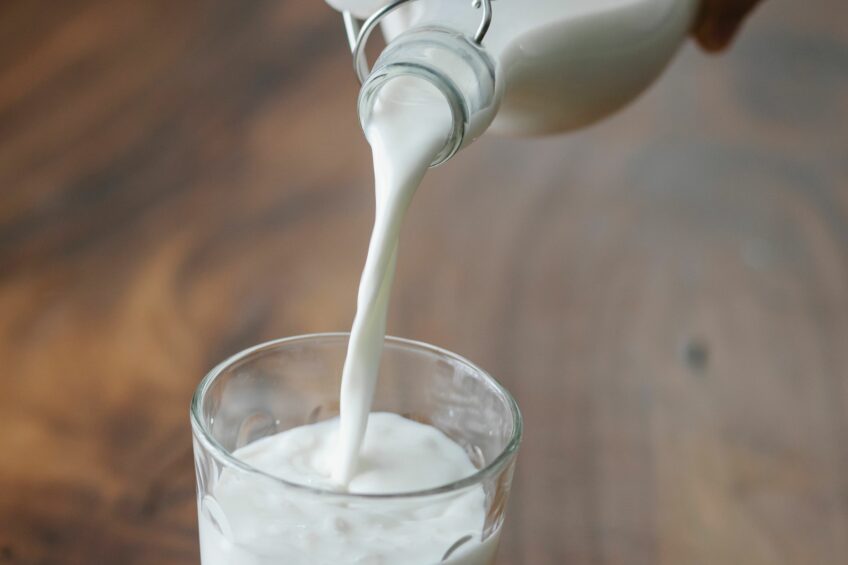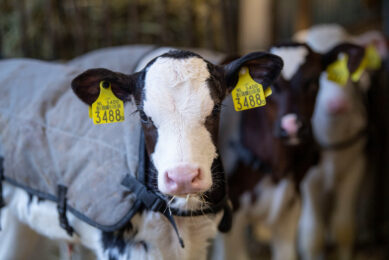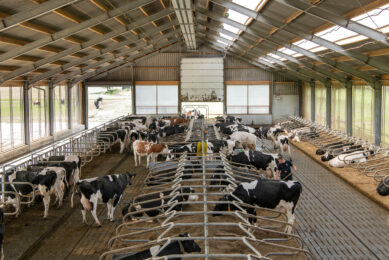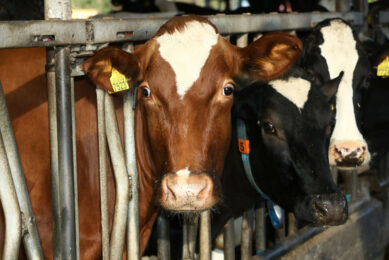A closer look: H5N1 and cow milk pasteurisation

Following the outbreaks of H5N1 found in American dairy cows, researchers are looking at pasteurisation temperatures and inactivating H5N1 flu viruses in cows’ milk to render it safe to consume.
The research, released as a pre-print on medRxiv, comes in response to outbreaks of H5N1 influenza in American dairy cows. The outbreak led to increased concerns about human infections from contaminated milk, including the risk that the virus could adapt to humans and cause a new pandemic.
The study confirms that pasteurisation of milk can effectively kill influenza viruses. However, the analysis also found that without pasteurisation, milk can carry infectious influenza viruses, including H5N1 influenza virus. While H5N1 infections in humans are rare, when human infections occur they can be extremely serious. Because of this, the study’s authors caution against the consumption of ‘raw’ cows’ milk in affected areas, a statement of the British Pirbright Institute says.
The study, which has not yet been through peer review, is a collaboration between the MRC-University of Glasgow Centre for Virus Research, the University of Edinburgh’s Roslin Institute, The Pirbright Institute and the UK Animal & Plant Health Agency. Professor Ian Brown, group leader of avian virology at The Pirbright Institute, is leading a UK research consortium which was part of the study team working on animal influenza, including in dairy cattle.
He says: “Whilst infection with high pathogenicity avian influenza virus in dairy cattle is confined to the US, it is important we support global efforts to better understand the disease, the risks it presents to the public and its control. This study on pasteurisation provides important information that underpins disease preparedness and response beyond the US, should it be required.”
Influenza viruses and milk
In their study, researchers mixed a panel of influenza viruses with milk (both unpasteurised ‘raw’ milk and commercially available whole milk) and heated them to pasteurising temperatures of 63°C or 72°C. To gain a general understanding of the response of influenza viruses to heating, they tested a panel of different viruses, including human and avian influenza A viruses (the group of viruses that H5N1 belongs to) as well as an influenza D virus (a different influenza virus that naturally infects cattle).
Ed Hutchinson, senior lecturer at the MRC-University of Glasgow Centre for Virus Research, and the corresponding author of the study, said: “We urgently needed to answer the question of whether pasteurisation made milk safe. We have now shown that the temperatures used in pasteurisation should rapidly inactivate all influenza viruses. However, we also found that ‘raw’ or unpasteurised milk can carry infectious influenza viruses.
Raw milk is already known to carry a variety of pathogens, and we would particularly caution people against drinking it in areas where cattle might be infected with H5N1 influenza. Human infections with H5N1 influenza viruses can be very dangerous, and they also give the virus more opportunities to adapt to growing in humans with the chance of becoming able to transmit to humans. Pasteurisation of milk in affected areas is a good way to minimise these risks.”
Join 13,000+ subscribers
Subscribe to our newsletter to stay updated about all the need-to-know content in the dairy sector, two times a week.










